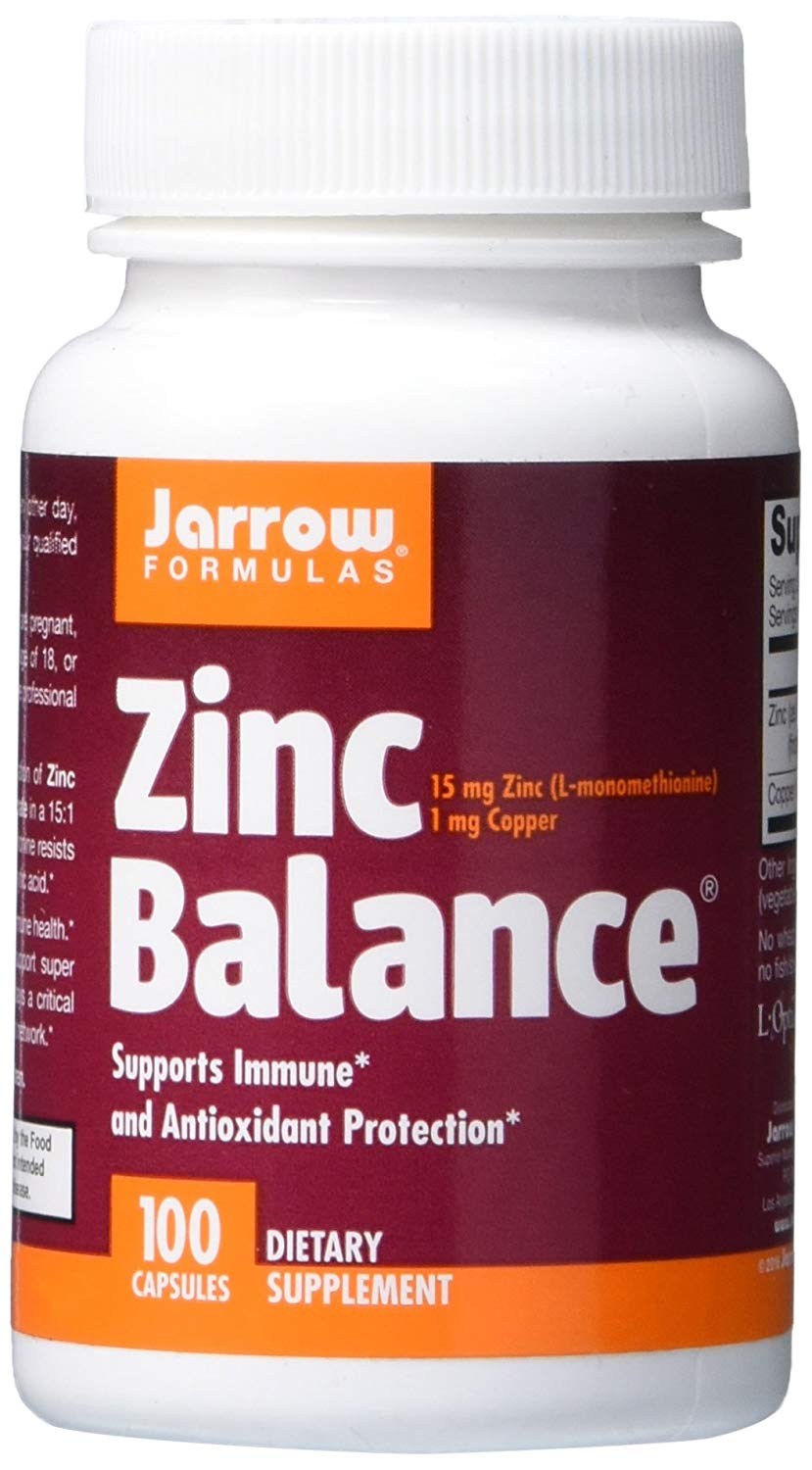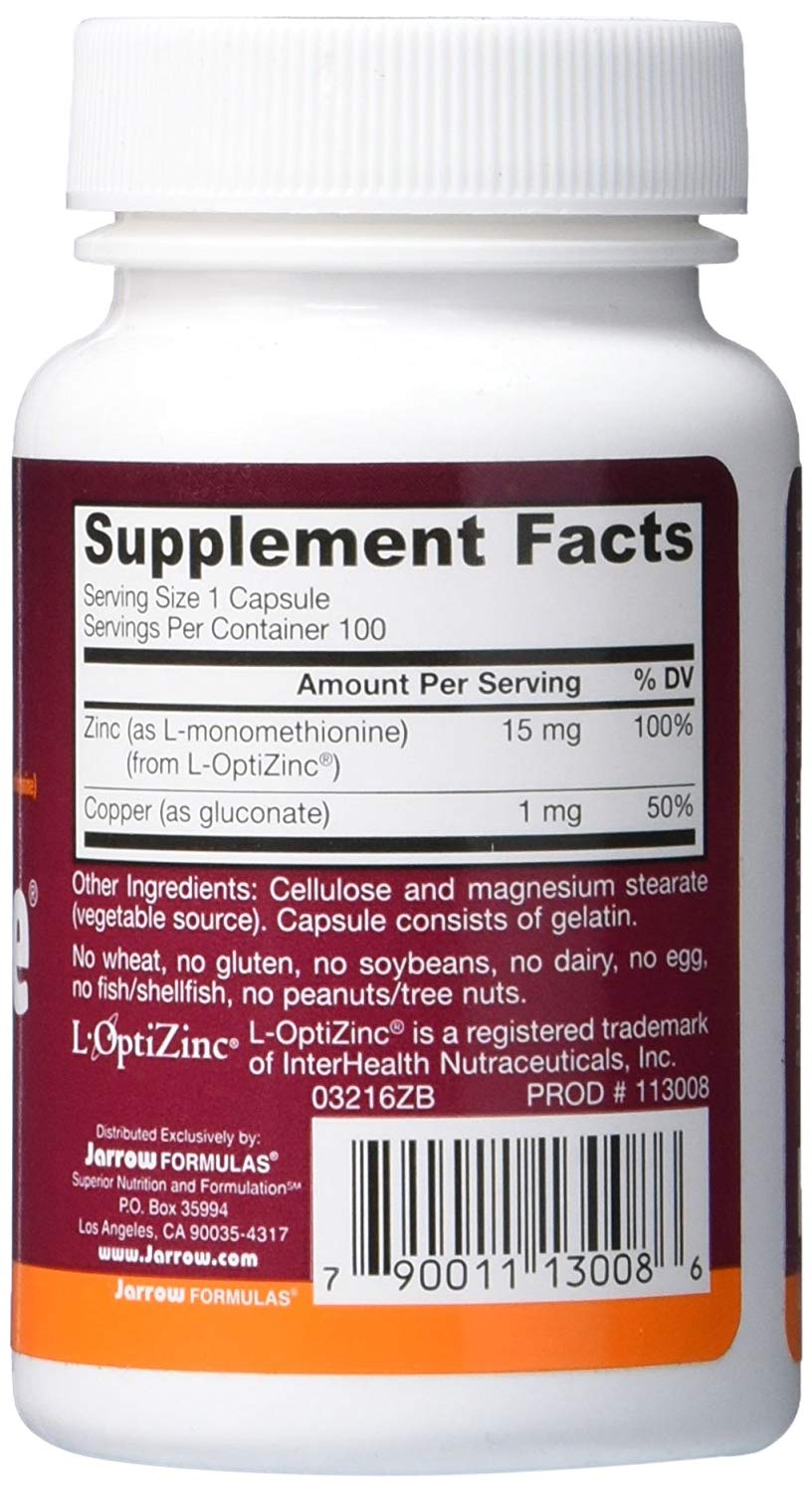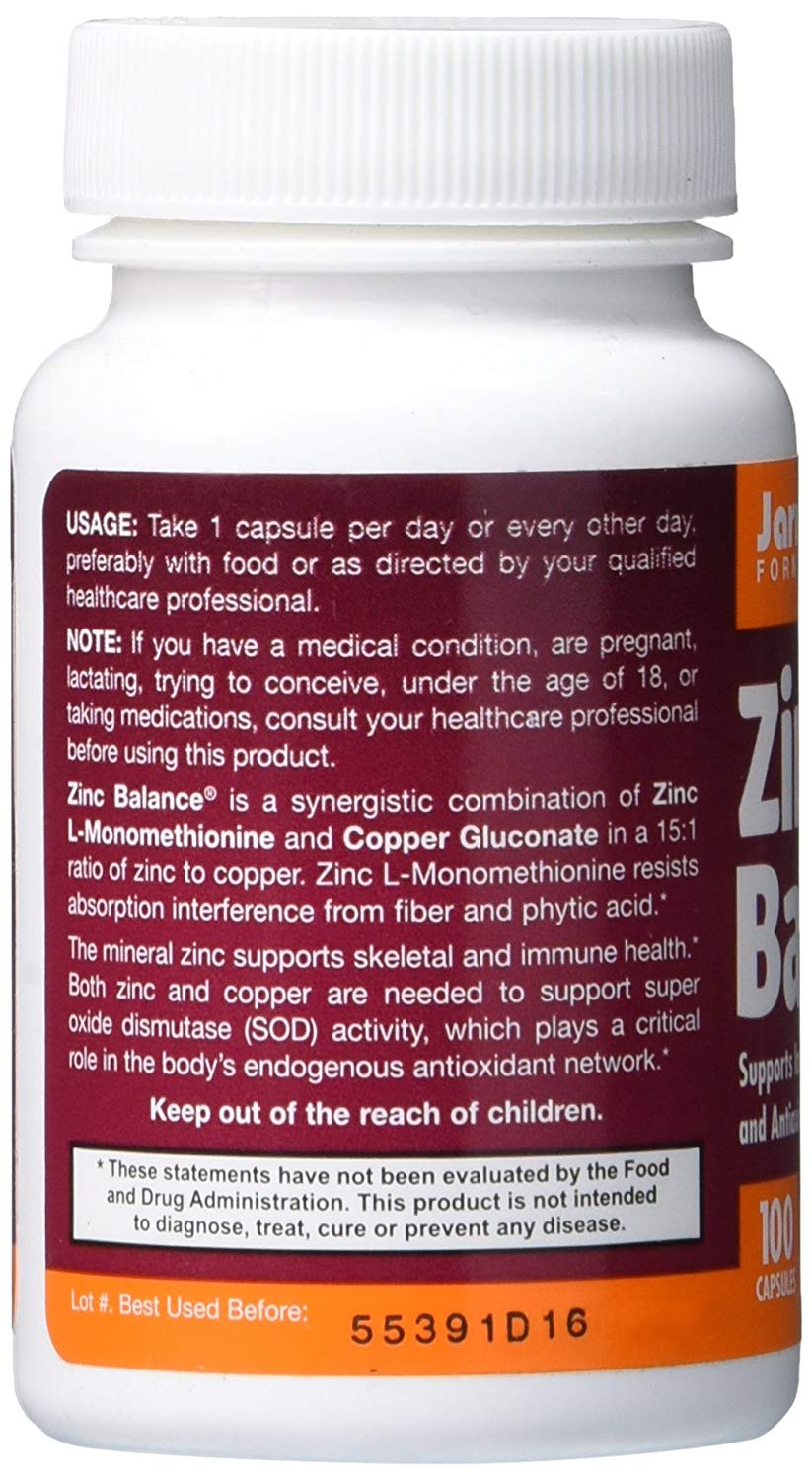Daily Supplements for General Health
Article by Stefan Burns - Updated December 2021. Join the Wild Free Organic email newsletter!
Some nutrients are absolutely essential for good health, and with a healthy, balanced diet, it is possible to get enough of them to avoid any health issues. The Standard American Diet (SAD), the diet most common in the western world, is high in sugar, acellular carbs, heavily processed and oxidized oils, unknown additives, and chemical contamination; it’s a diet disaster. And if you do follow a healthier diet predominately featuring unprocessed foods, you won’t be eating as nutritious as you believe. Modern agricultural practices have reduced the micronutrient loads of most fruits and vegetables over the past 50-100 years (1). Even if you follow a healthy diet you might not be receiving the micronutrients your body needs to function at its best due to declined soil nutrition.
When switching from a Standard American Diet (SAD) to a healthier diet consisting primarily of organic, micronutrient-rich unprocessed foods, there is an awkward transition period that can be stressful mentally, physically, and emotionally. During periods of stress it is doubly important to make sure you are getting enough of the most commonly deficient micronutrients, as this will improve your stress response. Otherwise if your diet is overall good and you’re really trying to optimize your health, then I recommend taking the following daily supplement to cover common nutrient imbalances and deficiencies.
Again the goal should be to get all nutrients from a healthy diet over the course of a week, but with a modern lifestyle that’s not always possible. Having these supplements on hand allows you to intelligently supplement these key nutrients when needed for a healthier lifestyle.
Optimize Health with Five Supplements
All values listed for the minerals are in reference to the elemental form. The weights listed on a supplement bottle are always in reference to the elemental weight per serving, not the overall chemical weight per serving.
Take every morning/early afternoon (with a meal):
5000 - 10000 IU Vitamin D3
15:1 mg Zinc:Copper
1.5 - 3 grams EPA + DHA Omega-3 Fatty Acids (fish oil or algae oil)
Take every evening (with a meal):
Supplement with Vitamin D
Vitamin D is produced endogenously through sunlight exposure. How long you need to stay in the sun to synthesize your daily amount of vitamin D depends on the color of your skin, but this ranges from 10-60 minutes. Darker skin colors need more time in the sun to produce the same amount of vitamin D as lighter skin colors.
Vitamin D is the most common micronutrient deficiency worldwide, affecting an estimated 50% of the global population (2). Even “healthy” adolescents are commonly vitamin D deficient (3), and that’s a big deal when vitamin D is critically important for growth and development during adolescence (4). A vitamin D deficiency can have wide ranging negative effects on your health, such as increased risk of infection, fatigue, depression, muscular pain, bone loss, hair loss, and more.
If you are experiencing very cloudy weather, live in a low-sun area, or can’t work some sun exposure into your schedule for whatever reason, supplementing with vitamin D3 is a good thing to do.
A Note on RDA’s: The Recommended Dietary Allowance (RDA) for vitamin D is 600 IU’s of vitamin D a day for adults, and 800 IU for those 70 and older. Keep in mind though that the RDA for a micronutrient isn’t set based on optimal health outcomes, but rather the bare minimum of that micronutrient required to prevent disease for 97.5% of the populace. Preventing disease =/= optimal health, as anyone can tell you. The RDA for vitamin D is the minimum amount needed to prevent rickets.
So what is optimal then? The Vitamin D Council recommends vitamin D blood levels between 40 and 80 ng/mL to be optimal. 40 to 20 ng/ml are classified as normal, and levels below 20 ng/mL are deficient. Vitamin D levels beyond 80 ng/ml are not achievable naturally, instead requiring supplementation, and levels beyond 150 ng/ml are classified as being toxic. After testing your vitamin D blood levels, use the graphic below to determine the amount of vitamin D needed to reach the recommended 70 ng/ml via supplementation.Without blood testing, most people average vitamin D levels of 15 - 30 ng/ml.
Vitamin D blood levels and the amount of vitamin D supplementation to reach them.
I recommend taking the vitamin D in the morning, as vitamin D is typically synthesized via sun exposure. Vitamin D with it’s link to the circadian rhythm is stimulating, and taking vitamin D at night might impact sleep quality. I recommend the Vitamin D3 5000 sold by Nordic Naturals . I like their supplement because they suspend the vitamin D3 in extra virgin olive oil instead of lesser quality expeller-pressed soybean oil which is common practice for most Vitamin D3 supplement manufacturers.
Supplement with Zinc + Copper
Zinc deficiency, defined as a lower intake than the RDA, can be caused through reduced dietary intake, inadequate absorption, or increased body system utilization (i.e. gaining muscle, bodybuilding). The most common cause of zinc deficiency though is reduced dietary intake, which illustrates just how little of this micronutrient most people consume. Remember the RDA is the bare minimum needed to not enter a diseased state.
Copper and Zinc are synergistic and antagonistic, and if too much zinc is consumed, a copper deficiency can occur, or vice versa.
Most common is copper excess, with zinc being deficient. In order to stay balanced, it is recommended to take a supplement which balances both minerals.
An excess of copper can lead to a variety of serious health issues (5), and a zinc deficiency leads to many of the same health issues:
Copper Excess Health Issues
Learning disabilities
ADHD, Autism
Anxiety, Depression
Acne, Hair loss
Allergies
Anemia
Poor Immune function
Sleep problems
Poor concentration and focus,
Chronic fatigue, and much more.
Zinc Deficiency Health Issues
Compromised immune system
Delayed growth
Psychological and cognitive disorders
Decreased testosterone levels
Loss of appetite
Wounds that won’t heal
Lack of alertness
Increased rates of anorexia.
Copper and zinc are absolutely essential to the proper functioning of the immune system, the endocrine system, and the nervous system, and an imbalance of copper and zinc throws those systems out of balance. The optimal ratio of zinc to copper to 10:1, but in the context of a copper rich diet, a supplement containing zinc to copper at a 15:1 ratio is more desirable. Jarrow’s Zinc Balance supplement (pictured above) contains 15 mg of zinc and 1 mg of copper, and I recommend to most people to take it daily to mitigate any zinc deficiencies and to help balance out their immune and endocrine systems. Have digestive issues? Zinc helps by healing epithelial tight junctions.
I find zinc to have a slight stimulating effect, so it’s best taken in the morning, and also with a meal. Zinc taken on an empty stomach can cause nausea. The higher the dosage, the greater then nausea, and that’s one of a few reasons why I don’t recommend 50 mg zinc supplements. 50 mg is above the tolerable upper limit (TUL) of 40 mg per day, and taken daily can quickly lead to a copper deficiency. Even with a zinc-demanding lifestyle (intense exercise, regular sex, heat therapy like a sauna), 15 mg supplemented is sufficient, and paired with a zinc rich diet, one zinc balance pill a day should balance out zinc and copper levels nicely.
Supplement with Magnesium
Magnesium is the second most common micronutrient deficiency (6) behind vitamin D, and it’s critically important for a variety of processes throughout the body, such as cognition, high blood pressure, asthma, osteoporosis, muscle cramps and twitches, fatigue and muscle weakness, and an irregular heartbeat. In fact, low levels of magnesium have often been found to be a contributing factor for people with chronic diseases.
Magnesium is high in foods like pumpkin seeds, cashews, avocado, dark chocolate, bananas, and black beans.
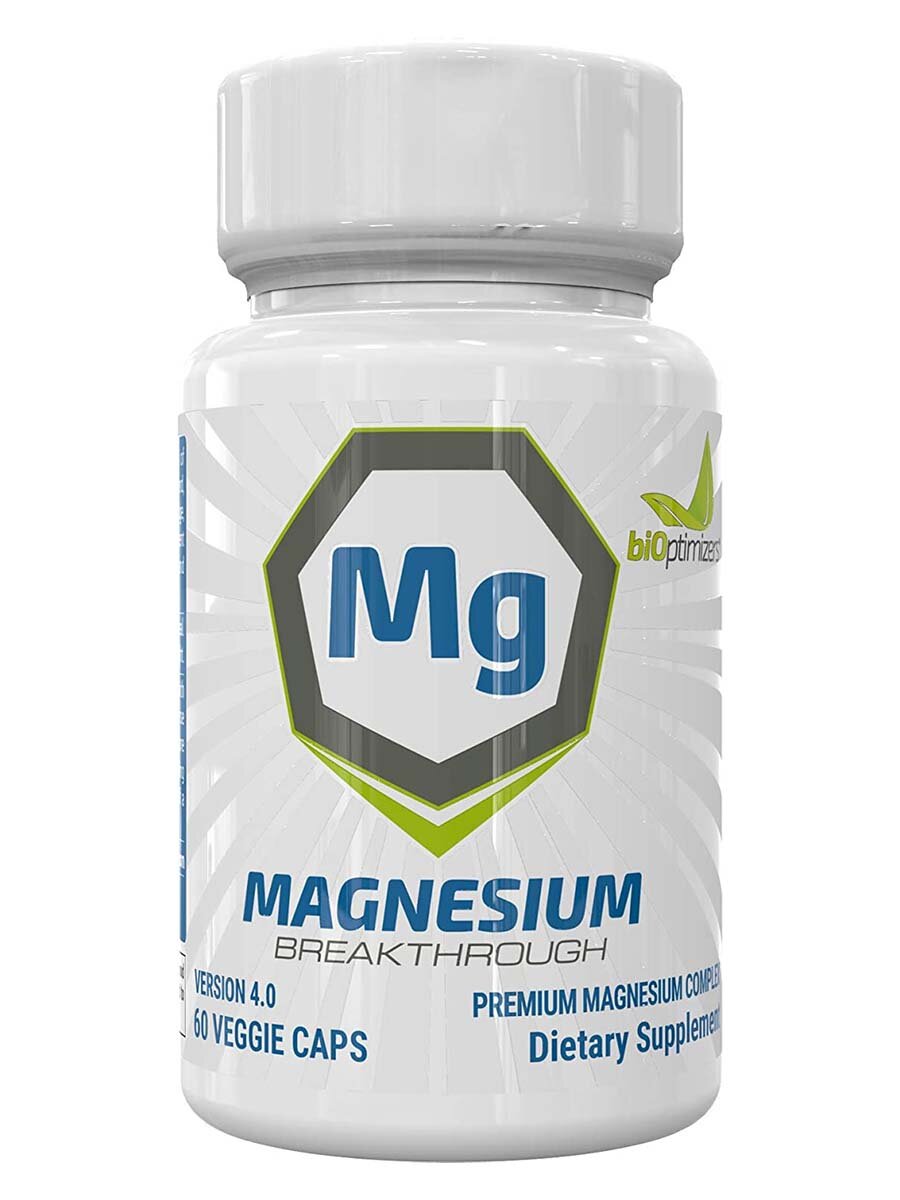
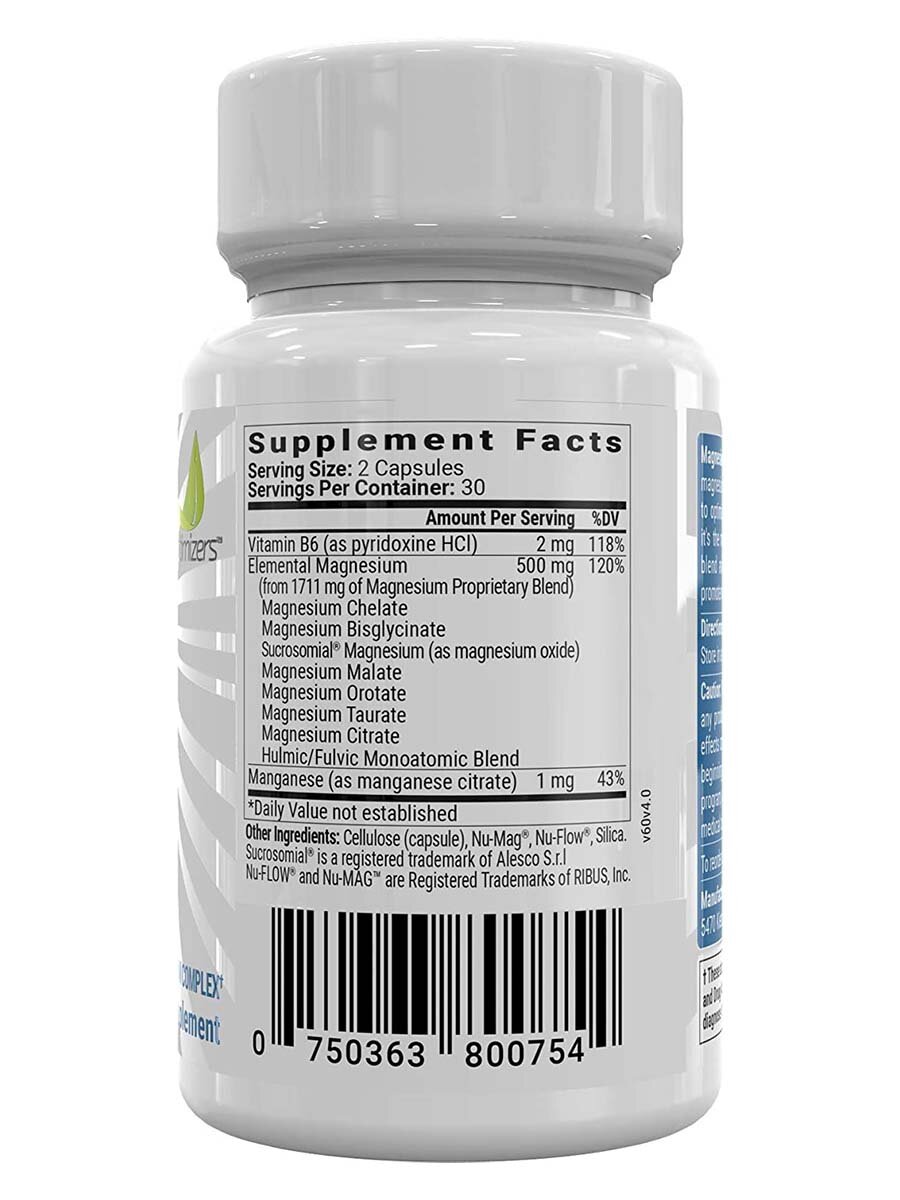
The RDA of magnesium for adults (7) is 300 mg for women and 400 mg for men. If you exercise a lot an experience changing pressure in your ears, you have a magnesium deficiency. Magnesium citrate is a common supplemental form of magnesium, but magnesium citrate can cause diarrhea at higher dosages of 200+ mg.
Magnesium glycinate is a better alternative, and taken before bed can also help get the body relaxed and ready for sleep. Both magnesium and the amino acid glycine have been shown to increase deep restorative sleep when supplemented with.
Start with 200 mg of magnesium glycinate per night and see how you feel after a couple weeks, then bump to 400 mg and if there is a noticeable improvement, stay at that nightly dosage. Magnesium glycinate is a low-cost, widely available supplement. I recommend Magnesium Breakthrough by biOptimizers, they sell a highly absorbable magnesium supplement containing seven different bonded forms of magnesium that is highly bioavailable and easy on the stomach. If you prefer a natural food source, pumpkin seeds have lots of magnesium, with a 1/4 cup containing nearly 200 mg.
Supplement with Boron
For modern agriculture, Boron is the second most common micronutrient deficiency in plants, and therefore deficient in everything else moving up that food chain. This is very important because we know boron is essential for the growth and maintenance of bone tissue, greatly improves wound healing, beneficially improves hormone levels (estradiol and testosterone), improves vitamin D status, and is cancer protective, just to name a few.
If you want to experience some of Wolverine’s superpowers, you can easily supplement with boron yourself.
On average most people ingest about 2 mg of boron a day, which is under the 3 mg or greater ideal dietary intake. For a person with a diet low in plant products such as fruits, vegetables, and nuts, their dietary intake of boron could be lower than even 1 mg of boron per day.
As more research is done on Boron, its importance as a trace micronutrient is becoming better understood. In the meantime, take zero chances and add boron to your daily supplement stack. You can either buy a boron supplement which is mostly filler, or use borax. Borax (sodium borate) has the same safety as table salt (similar LD50 as NaCl for Rats, and by extension, humans), and since it is a salt, borax is highly bioavailable. Buy a box from 20 Mule Team which is pure and nicely refined, and save a small jar for personal use. Use a 0.5 ml scoop (G82 Ultra Small Measuring Spoon), to dose ~10 mg boron per scoop.
Most studies on boron supplementation use a dose of 3 mg of elemental boron often through a compound like borax. Occasionally boron fructoborate has been used in studies on boron, but I prefer borax as it orders of magnitude cheaper, easier to use, and extremely bioavailable. I’ve supplemented with 10 mg a day for years, and that dosage covers all the scientifically supported beneficial effects boron has, and I’ve never experienced any negative health effects.
Supplement with Omega-3 Fatty Acids
Omega-3 fatty acids are a type of polyunsaturated fatty acid (PUFA), and there are three main types of Omega-3 fatty acids: α-linolenic acid (ALA), eicosapentaenoic acid (EPA), and docosahexaenoic acid (DHA). The two Omega-3 fatty acids that humans require are EPA + DHA. ALA is an Omega-3 fatty found in plant foods such as flax meal and chia seeds, and while it’s not necessarily bad for you, only approximately 5% converts into EPA and DHA, the primary Omega-3’s shown to have wide ranging health benefits.
Omega-3 fatty acids are a necessary and incredibly important fatty acid needed throughout the body, from the cardiovascular system to the brain. DHA and EPA have slightly different functions throughout the body, but overall Omega-3’s are essential for pre- and postnatal brain development, have a major influential on behavior and mood, are critical for cardiovascular health, reduce inflammation, and are required for the building of various tissues throughout the body (skin, brain, etc).
In the context of the overall diet, the higher your omega-3 to omega-6 ratio, the better. And don’t worry about an Omega-3/Omega-6 ratio that is too high. It’s very difficult to achieve a 1:1 ratio in the context of modern society, and it would be nearly impossible to consume a diet dangerously rich in omega-3’s (over 10:1 possibly). Unless you are already consuming a seafood heavy diet rich in omega-3 fatty acids and also minimize your omega-6 intake, the best way to ensure a good omega-3 to omega-6 ratio is through supplementation.
Algae Omega by Nordic Naturals is the best balance between price, purity, and environmental impact. Being derived from algae, each Algae Omega pills contains a higher amount of DHA Omega-3 fatty acids that is typically found in fish oil, which is better for brain health. Vitamin D3 is best taken in the morning because of it’s energizing impact due to circadian rhythm pathways.
Omega-3’s are also synergistic with turmeric and curcumin supplements, with both taken together reducing pain and inflammation more than if taken separately. For a curcumin supplement I recommend BioSchwartz Turmeric Curcumin Supplement.
Live Healthier with Five Supplements
Before starting supplementation of any of the above micronutrients, please consult your health practitioner, and ideally get blood work done for reference to see if you are below the levels suggested for optimal health. If your vitamin D, zinc, an omega-3 levels are low but your magnesium is fine, then you can skip the magnesium supplementation!
There are a few ways to implement this supplementation routine. If you really wish to feel the unique effects of each supplement, and learn the most about how each of these compounds can improve your general health, energy, and mood, introduce one new supplement into your routine weekly. Take notes of how you feel and any positive or negative symptoms you experience. I would introduce them in this order.
Week 1 - 5000 IU Vitamin D
Week 2 - 200 mg Magnesium
Week 3 - 10 mg Boron
Week 4 - 15 mg Zinc + Copper
Week 5 - 2 grams of EPA + DHA Omega-3’s
If you want to dive in head first, taking all five supplements simultaneously at their prescribed dosages and timings, will cause a noticeable effect. It will be harder to determine which supplements fixed the most glaring nutrient deficiencies compared to if you follow the weekly plan above.
References:
Donald R. Davis. Declining Fruit and Vegetable Nutrient Composition: What Is the Evidence? American Society for Horticultural Development.
Nair R, Maseeh A. Vitamin D: The "sunshine" vitamin. J Pharmacol Pharmacother. 2012;3(2):118-26.
Gordon CM, Depeter KC, Feldman HA, Grace E, Emans SJ. Prevalence of vitamin D deficiency among healthy adolescents. Arch Pediatr Adolesc Med. 2004;158(6):531-7.
Kremer R, Campbell PP, Reinhardt T, Gilsanz V. Vitamin D status and its relationship to body fat, final height, and peak bone mass in young women. J Clin Endocrinol Metab. 2009;94(1):67-73.
Judy Tsafrir M.D. Copper Toxicity: A Common Cause of Psychiatric Symptoms. Psychology Today.
Guerrera MP, Volpe SL, Mao JJ. Therapeutic uses of magnesium. Am Fam Physician. 2009;80(2):157-62.
Magnesium Fact Sheet for Health Professionals. National Institutes for Health, Office of Dietary Supplement
Disclosure: Amazon affiliate links are used throughout the article. Wild Free Organic makes a small commission when a purchase is made through those links. This does not affect the purchase price and the proceeds go towards the growth of Wild Free Organic.




